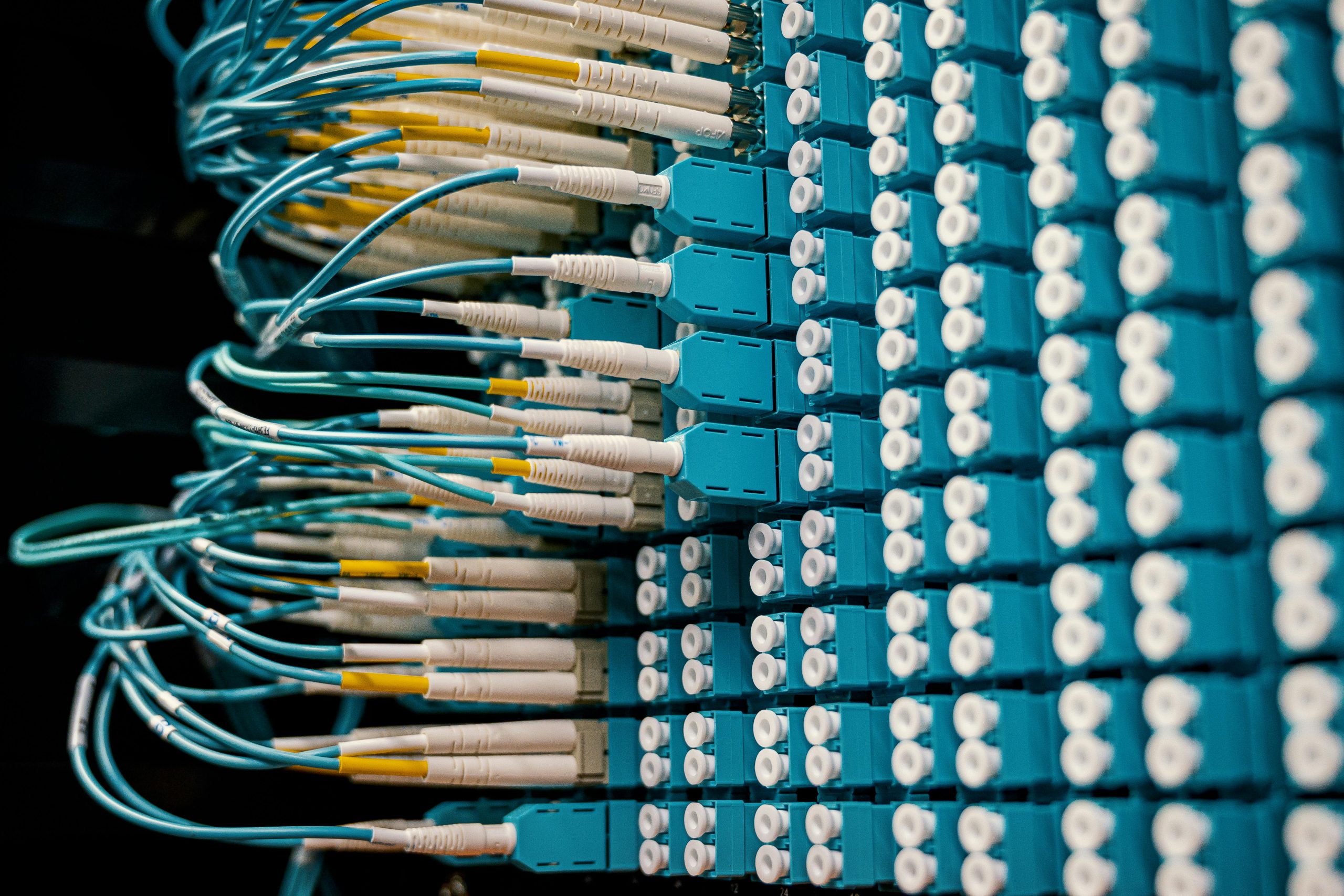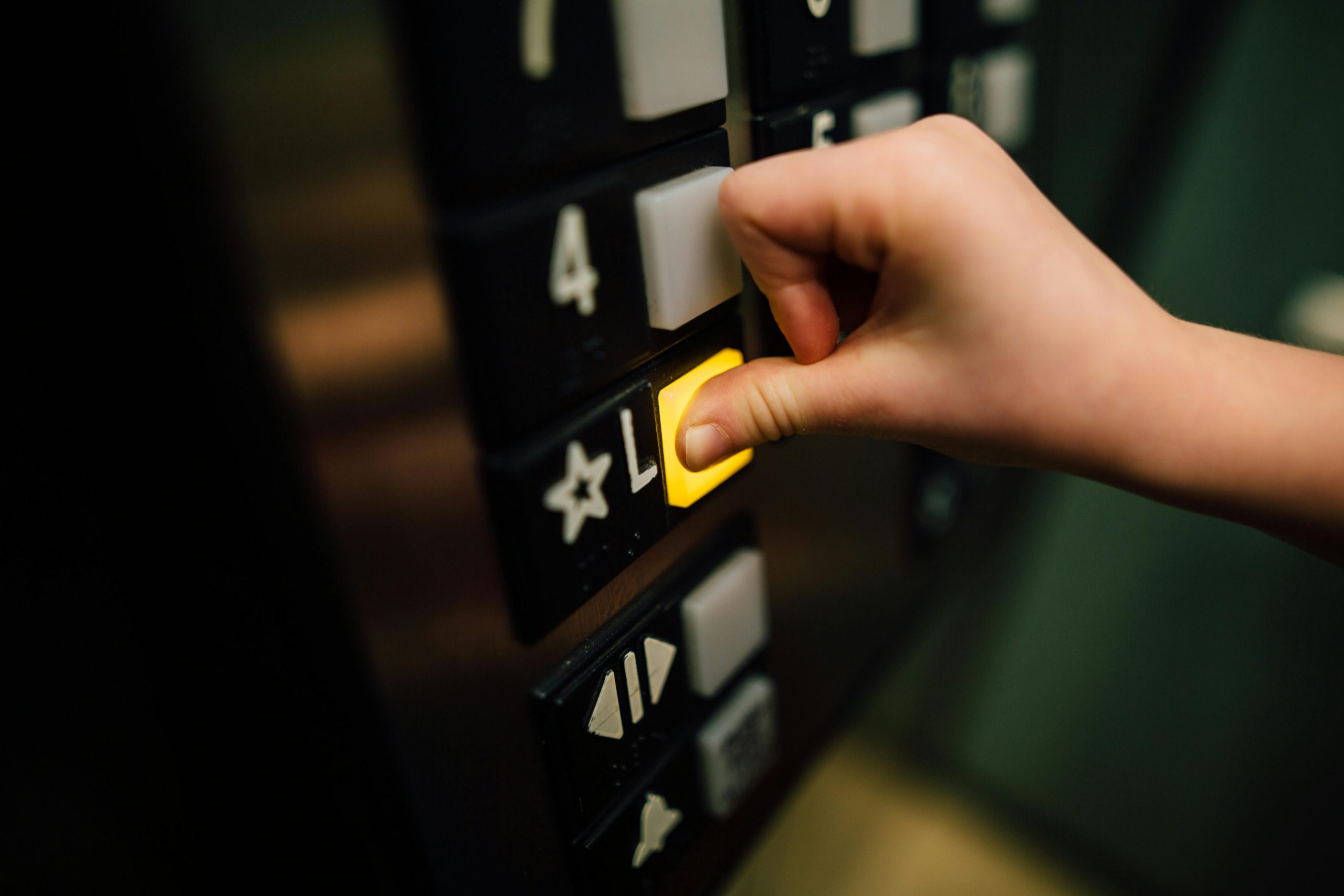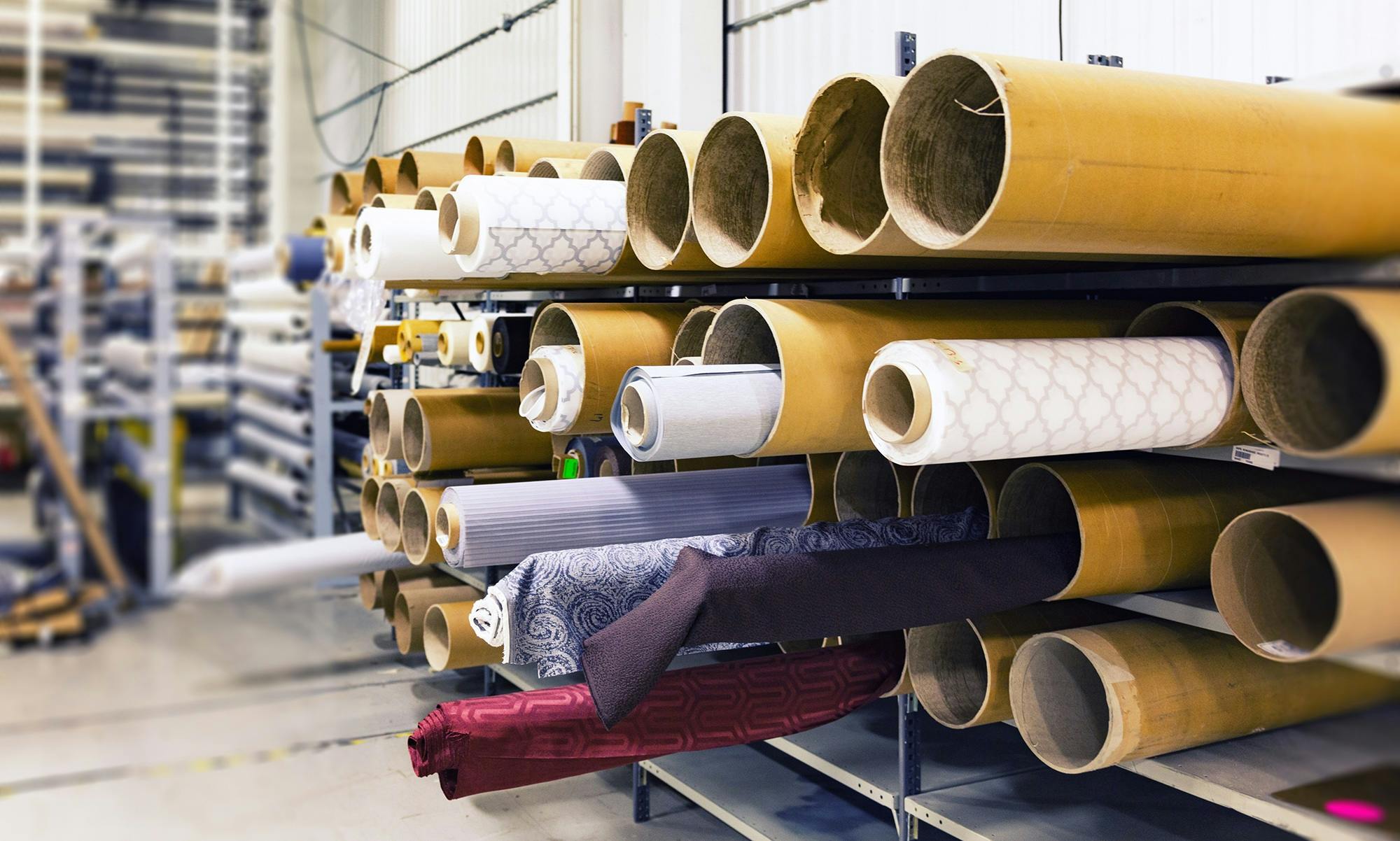Recycling scrap metal is an excellent way to get money for your trash while helping the environment. But it’s also a complicated process that can confuse new scrappers.
You’ll need a few essential tools to help you sort your scrap. These include a magnet and a handheld metal detector.
Baling
Recycling scrap metal requires less energy than manufacturing new products from virgin raw materials, resulting in less greenhouse gas emissions. In addition, it also conserves precious natural resources like iron ore and coal.
Baling is the process of compacting scrap metal into small, manageable, rectangular bales. They can then be sent to landfills, recycled or have scrap metal pick-up Sussex County NJ and used for various purposes.
A baler is a device that uses a hydraulic ram to compress and compact waste into standard-sized bales. They are often used in manufacturing, schools, retail outlets and recycling facilities.
There are many types of balers to suit a variety of different applications. Some are suitable for various recyclable materials, while others specialize in specific industries.
Sorting
Sorting and recycling scrap metal is a complex process. It involves identifying the types of metal and properly separating them.
Ferrous and non-ferrous metals are sorted at recycling plants using magnets. Ferrous metals contain iron and are easily attracted to magnets.
Large magnets pull the metals out of a mixed waste stream in scrap yards to separate ferrous and non-ferrous metals.
Once all the metals have been sorted, they are shredded and processed. Shredding helps reduce the volume of the metals so they can be melted more quickly.
In addition, this reduces energy consumption because it requires less energy to melt the smaller pieces of scrap.
The scrap yard can pay you a higher price for copper and non-ferrous metals that have been separated. This is an excellent way to make extra money by taking your time and putting a little effort into separating the different types of metals.
Melting
Unlike metals that are mined out of the ground, scrap metal can be recycled over and over again. It is a great way to keep metals out of landfills and conserve resources.
During the recycling process, scrap metal is melted to remove any impurities. This makes the scrap metal purer and better quality for its use.
When melting, scrap metals are placed in large furnaces specially designed for each type of metal. This allows for efficient melting while using less energy than the initial process of refining raw minerals into metals.
Once the molten metal has been purified, it is cooled and solidified into metal bars for further production. These bars can then be used for the production of many different products.
Transporting
If you want to get some cash from your scrap metal, you’ll want to transport it to a local scrap yard. These yards will pay you for your junk and then use the money to buy recycled materials.
You can take a few actions to simplify this process. One is to separate your pile of metals based on grade.
You can put aside any metal pieces worth more than other materials. That’s especially helpful if you have a lot of different types of metals.
Another thing you can do is sort your scrap metal into ferrous and non-ferrous metals. This will help you separate your scrap metal faster when you take it to the yard.
Whether you’re a business or a homeowner, you can find plenty of places to collect scrap metal. For example, many apartment buildings and office complexes regularly throw away old computer monitors or televisions that can be made into scrap metal.




